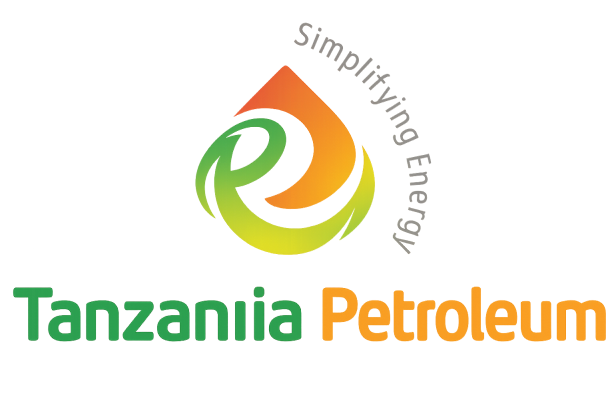LPG adoption in Tanzania is rising, but understanding what drives demand is crucial for investors, distributors, and business leaders. Several economic, social, and structural factors influence households and businesses to switch from traditional fuels to LPG.
1. Urbanization and population growth.
Rapid urban growth leads to smaller living spaces, less access to firewood, and increased demand for convenient cooking fuels.
Insight: Urban households prioritize convenience, safety, and speed — all strengths of LPG.
2. Rising household incomes.
As disposable income grows, more households can afford LPG cylinders, stoves, and regular refills.
Insight: Income growth correlates strongly with energy transition from biomass to clean fuels.
3. Health awareness.
Awareness of indoor air pollution and respiratory risks from firewood and charcoal drives households to safer alternatives.
Insight: Health-conscious families increasingly view LPG as a cleaner, safer option.
4. Convenience and time savings.
LPG stoves cook faster and require less maintenance than traditional fuels, appealing to busy households.
Insight: Time-saving benefits encourage households to adopt and consistently use LPG.
5. Availability and distribution networks.
The proximity of refill stations, retail outlets, and delivery services influences adoption rates.
Insight: Improved access reduces barriers, especially in peri-urban and rural areas.
6. Cost perception and efficiency.
Though upfront costs may be higher, LPG is efficient and reduces overall fuel consumption.
Insight: Demonstrating long-term savings encourages uptake and repeat usage.
7. Peer influence and social trends.
Neighbors, family, and community leaders influence decisions. Social proof plays a major role in accelerating adoption.
Insight: Early adopters help normalize LPG use within communities.
Read also: How Urbanization is Driving LPG Demand in Tanzania
8. Commercial and institutional demand.
Hotels, restaurants, schools, and catering services create high-volume, predictable LPG demand that supports wider distribution networks.
Insight: Commercial demand stabilizes supply chains and promotes household adoption indirectly.
Read also: A Sample business plan for an LPG Plant in Tanzania or Africa
Conclusion.
LPG demand in Tanzania is shaped by urbanization, income growth, health awareness, convenience, distribution access, cost efficiency, social influence, and commercial demand. Recognizing these drivers helps energy planners, distributors, and policymakers target adoption strategies effectively, ensuring clean, reliable, and sustainable cooking solutions reach more households and businesses.
Question? Reach out via +255(0)655376543 or hussein.boffu@tanzaniapetroleum.com






